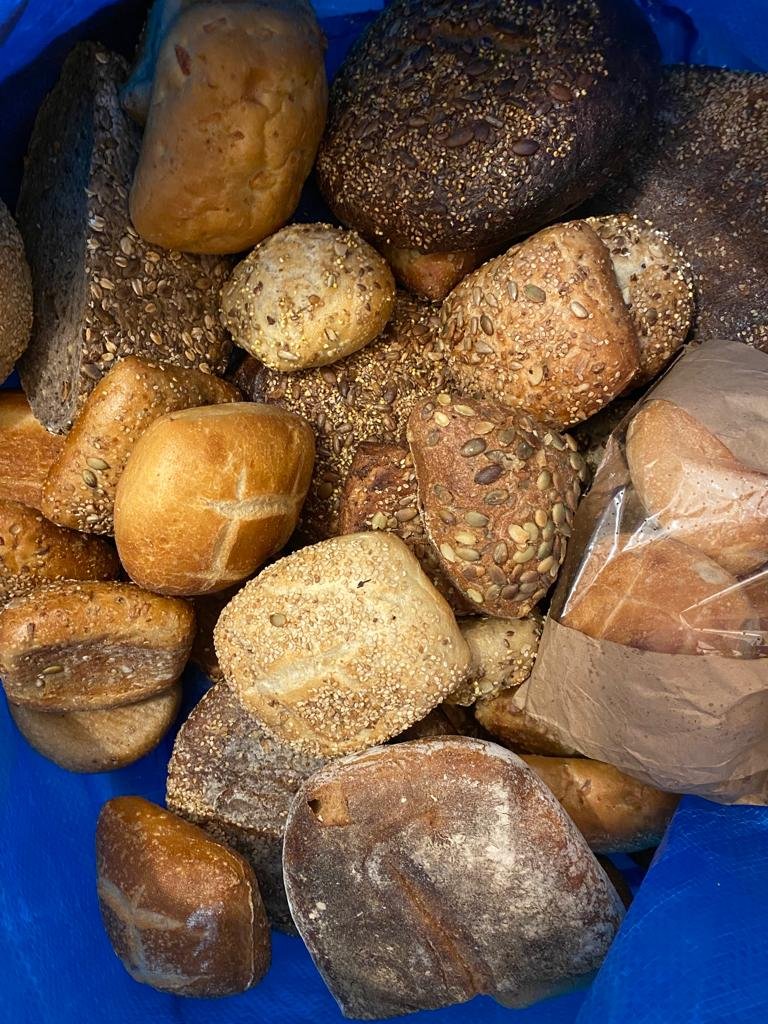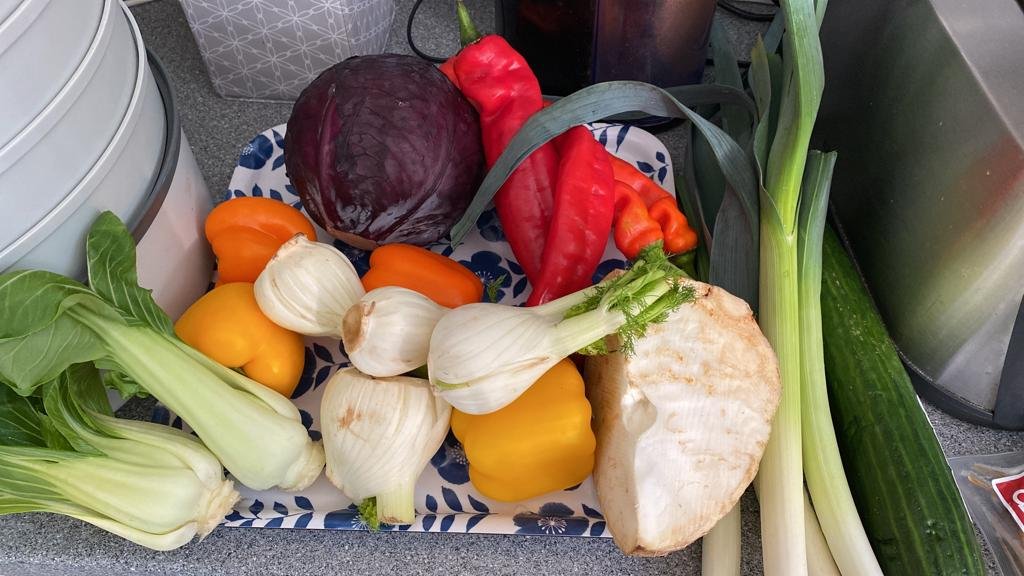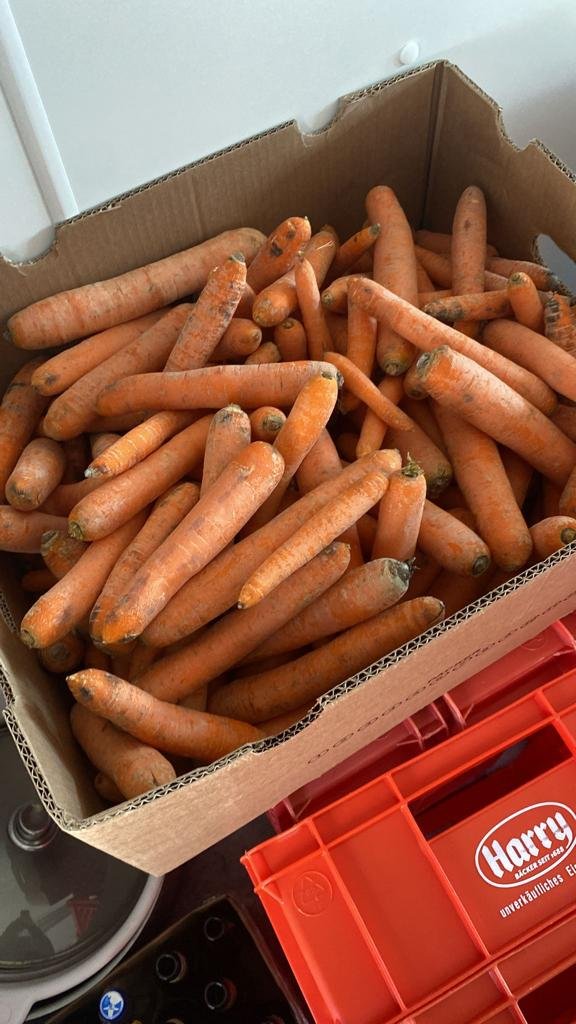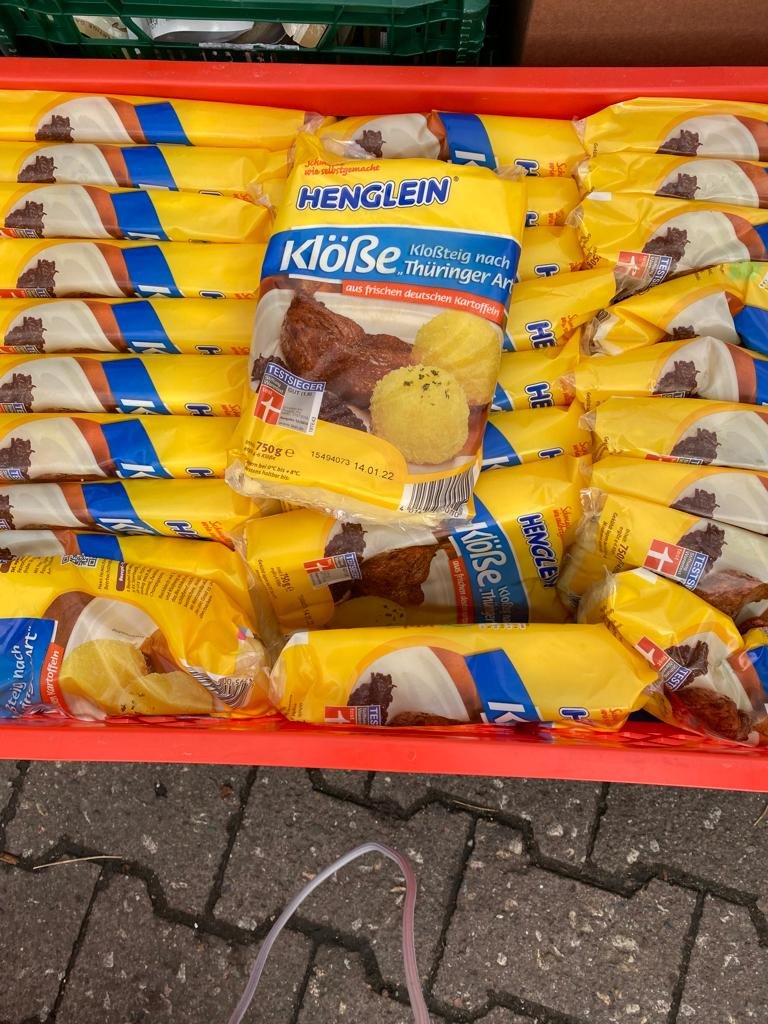Case Study: How to turn an anonymous building into a supportive community
Berlin is a vibrant and cool city with many available options to meet people and socialize, such as 100s of meet ups every day.
In complete contrast to that are our buildings we live in. It is very common in Berlin that you don't know your neighbors. A “hello” on the staircase is usually the most social as it gets. I find that quite sad but I also get it: How do I actually start an easy conversation with a neighbor, without making it super awkward? It's actually not that easy, especially for all the introverts out there (including me). Furthermore, nobody signed up for a community when renting a “normal” apartment (in Berlin), which is the main difference to cohousing or coliving, where people know that it is expected of them to somehow contribute to the community.
Therefore, in this article, I want to portray the case study of my aunt, who turned her normal multi-apartment building into an active community - without even having that intention (in the beginning). Afterwards I would like to propose practical “tools” on how to replicate that experience - maybe to your building?
The story of my aunt who turned her anonymous building into a supportive community
Like most buildings in Berlin, my aunt only knew her neighbors from the staircase. A “hello” and “bye” was the zenith of being social. So what changed? What gave them the impulse to be more social?
Let's start from the very beginning. My aunt is a very passionate “food saver”, meaning that she is saving food from supermarkets that would otherwise throw them away.* And, sadly, we are talking about a lot of food, which is still completely fine to eat but (1) not “good enough” to sell anymore or (2) having some minor optical flaws that make them “unsellable”.
She was one of the first to join the Berlin-based association foodsharing.de, who was (and still is) connecting the food saving volunteers to the supermarkets. In these early years the movement wasn't that popular yet, so there was usually way too much food to save. And don't get me wrong: this was high quality food, usually from expensive organic stores, that were the first to join on the supermarket side. In other words, she usually received way too much good bio food, especially bread and veggies, that she couldn't handle by herself (and her family). So what was the easiest way to “get rid” of the oversupply? She asked the people who lived closest to her place - her neighbors - initially by knocking on doors or addressing them on the staircase. Not very surprising, many neighbors gladly took the free and good quality bio-food.
Tons of saved food
From then on, she created a whatsapp group and invited all interested neighbors to join her once-a-week food sharing meeting. In the beginning, it was mainly a practical meeting: neighbors came to pick up the food and that was it. But after a while this meeting organically grew to a social event, in which the neighbors enjoyed some of the saved food immediately together - frequently accompanied with a bottle of wine. Fast-forward to today, the whatsapp group is now used for many different things, such as asking for a dog sitter, to borrow a driller, asking for a package and to meet socially. And even more notably: even though my aunt stopped saving food, the building is still a supportive community.
Learnings for community building
So, coming back to our question: what gave the initial impulse for community-building? It was a very practical benefit - a win-win situation for both parties - her, oversupplied with food and in need of takers, and the neighbors getting good and free food.
This case study shows that creating practical benefits (and solving needs) is one way to build a supporting community in an existing building where nobody initially signed up for that.
Of course, not every house has a passionate food-saving volunteer. So let's take a look at other pain points/ needs that could help to connect neighbors to each other.
In Berlin, we all know the hassle with the DHL package delivery. More than a few times, you are forced to investigate like a true detective: what neighbor accepted the package for you because you were not home? The little notice paper of the delivery person is often useless because it's impossible to read or the neighbor’s name is not on the doorbell panel. Having a common communication tool with your neighbor, such as a simple whatsapp group, would solve that struggle and serve as a regular point of contact to your neighbors that could grow to something more.
The same is true for building tools such as drillers. It is so much easier (and cheaper) to just borrow them from your neighbors than to buy or rent one. From my experience, there is always a neighbor who has all the professional equipment ;)
Back to food sharing: this can also mean that you give food that you cooked or baked (and couldn't finish) to your neighbors. Or when you go on holidays and still have a full fridge. Just write a message and probably one neighbor will happily take it.
All these little encounters with your neighbors, that are a result of making your life easier in one way or the other, can lead organically to a house community over time. Of course there will always be more and less engaged neighbors but this is just how the world works and is completely normal.
Tools that can help you build a house community
The easiest way to get started is to create a simple WhatsApp group with some neighbors, you already (kind of) know, for example your direct door-neighbors. You can then start asking other neighbors, that you meet randomly on the stairs for example, to join the group. Make sure to communicate the practical benefits of the group, such as finding packages easily, borrow items or share spare food.
I recently found another application that fits a bit better than WhatsApp and could really foster and structure the communication in your house: connectedliving.chat. It’s better organized than WhatsApp because its organized in channels, bit like slack but with a way more fun and less corporate look. The big benefit of this app is that messages do not get lost but stay in their dedicated channel.
A similar and equally helpful app is Geneva. It is also structured with channels and you have different “rooms” for chatting or even calling and a calendar to propose/ schedule common events and activities. It is definitely more social than WhatsApp and connectedliving.chat, so it could be overwhelming to use with your neighbors in the beginning. However, it is perfect for Cohousing projects or buildings, where neighbors are already on a more personal level.
As easy and helpful as this sounds, there is always one big challenge: How to get the neighbors on board? In my aunt's case, she was the one who took the initial initiative by knocking on neighbors doors and addressing them on the staircase. This example shows that it is crucial to have one highly motivated neighbor to break this first barrier and “onboard” other neighbors - and this is tough (for some people especially introverts) even if you have a real struggle or need. Without that initial engagement of at least one person, it is hardly possible to bring other people onboard.
Apart from starting to connect your neighbors digitally, you can also do so physically. A good and “classic” strategy -if you have some space in the garden or courtyard - is to build a (elevated) beet for growing veggies and herbs. In my experience, this is a good starting point to engage with some neighbors who are passionate about growing their own vegetables (or herbs). Just hang a letter in the staircase, or, if that is not your style, just start building the beet (ask your landlord for permission first of course) and interested people will very likely address you in the process. With this smaller group of neighbors you can then start a chat group. and more neighbors can join over time.






